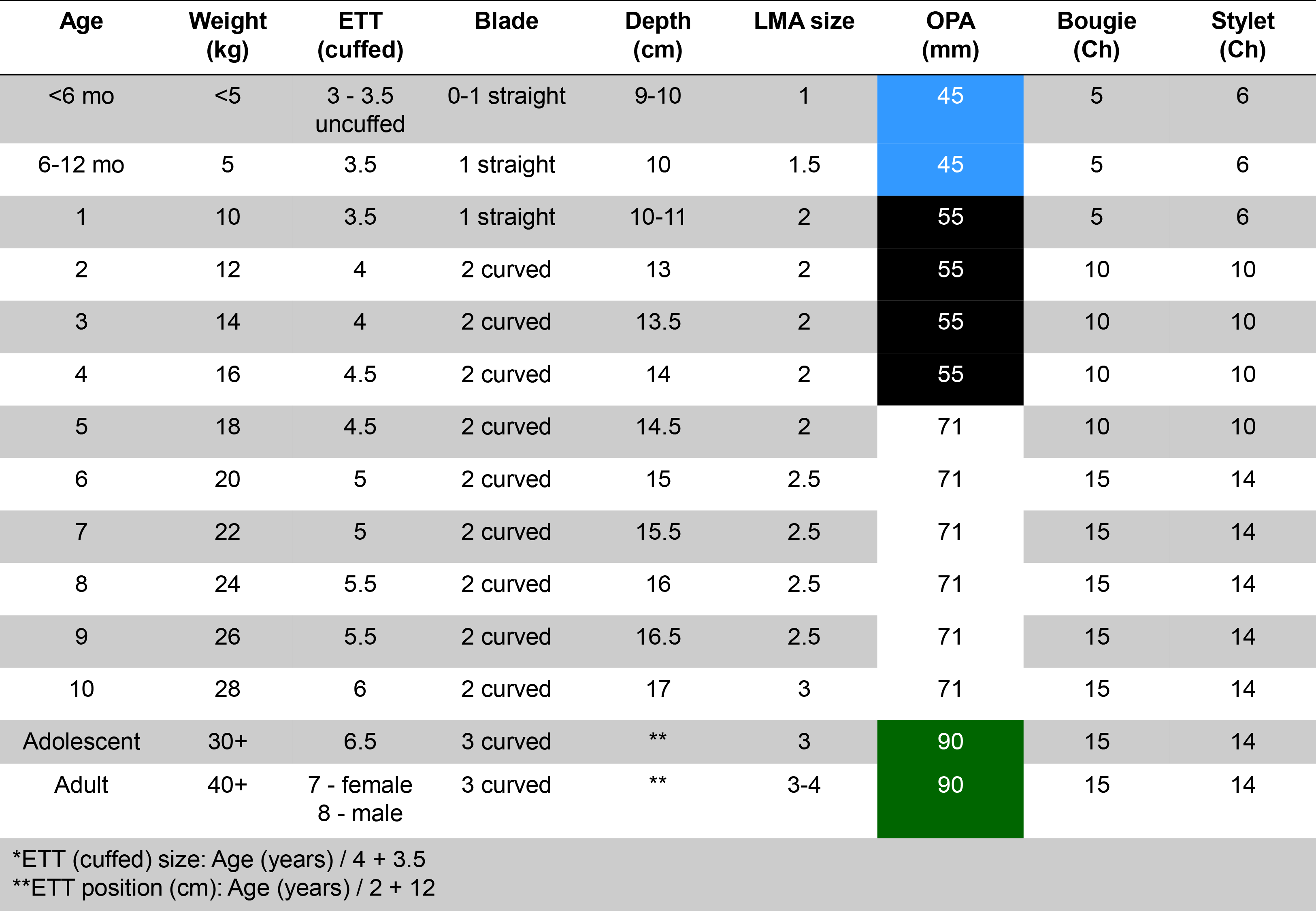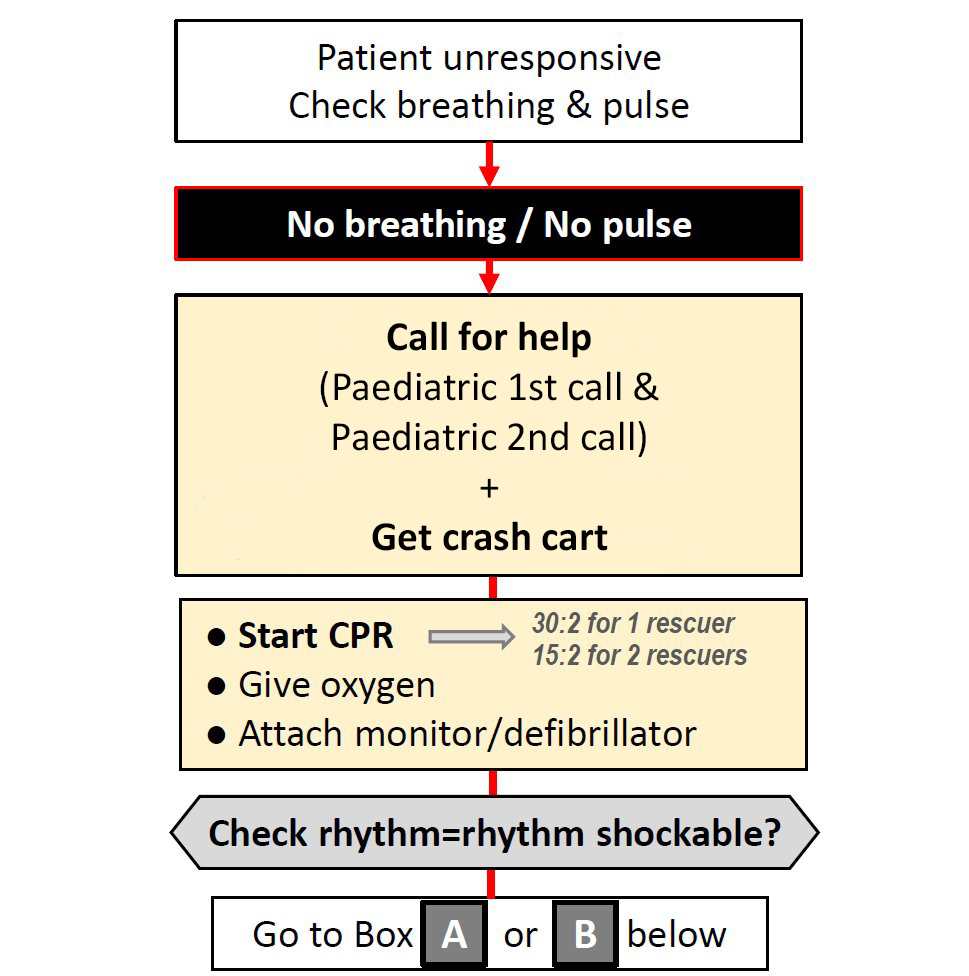ABOUT
This is an ongoing collaboration project by a team of anaesthetists, paediatric intensivists, AED physician, pharmacist and IT experts in Prince of Wales Hospital, Chinese University of Hong Kong. Our mission is to make these drug and equipment calculations as simple as possible. Originally developed as a paediatric body-weight based calculator for anaesthesia in 2017, the project has now branched off into Anaesthetic and PICU versions of the calculator. This project received the Best Research Award in the Korea-Anaesthesia Meeting 2018.
FEATURES
Responsive layout
The app is designed to fit on all screen sizes including desktop and mobile displays. You can also print the calculations out in a 2-page format on your computer browser.
Download on mobile
Apart from the online versions, you may also download the calculators on your mobile. Get the apps here.
Useful tools
Integrated tools for easy reference:
- Weight estimation tool (from local growth chart data)
- Cardiac arrest algorithm
- Intubation checklist
CODE EXAMPLES
The core function of the calculator is to calculate doses based on body weight. The Javascript function calculate(x) receives x as the body weight from the user input. Using atropine as an example, the data used to calculate the atropine dose is coded within the HTML span tag, as data attributes:
All the output data are written to arrays and the last part of the calculate(x) writes the arrays to the DOM. The following is the calculate(x) function.
<span id="atropine" class="field" data-type="dose" data-multiply="0.02" data-dp="2" data-max="0.5" data-min="0.1" data-conc="0.6" data-ML-dp="2">All the output data are written to arrays and the last part of the calculate(x) writes the arrays to the DOM. The following is the calculate(x) function.
function calculate(x) {
var listdosefield = document.querySelectorAll('[data-type="dose"]');
var i;
for (i=0; i<listdosefield.length; i++) {
var factor = listdosefield[i].getAttribute('data-multiply');
var dp = listdosefield[i].getAttribute('data-dp');
var max = listdosefield[i].getAttribute('data-max');
var min = listdosefield[i].getAttribute('data-min');
var output = x * factor;
var conc = listdosefield[i].getAttribute('data-conc');
var dp2 = listdosefield[i].getAttribute('data-ML-dp');
var idML = listdosefield[i].id + "ML";
var output1;
var output2;
if ((max != null) && (output > max)) {
output1 = max;
if (dp2 === "1") {
output2 = Math.round(max / conc * 10)/10;
} else if (dp2 === "2") {
output2 = Math.round(max / conc * 100)/100;
}
}
else if ((min != null) && (output < min)) {
output1 = min;
if (dp2 === "1") {
output2 = Math.round(min / conc * 10)/10;
} else if (dp2 === "2") {
output2 = Math.round(min / conc * 100)/100;
}
} else {
if (dp === "1") {
output1 = Math.round(output * 10)/10;
} else if (dp === "2") {
output1 = Math.round(output * 100)/100;
}
if (dp2 === "1") {
output2 = Math.round(output / conc * 10)/10;
} else if (dp2 === "2") {
output2 = Math.round(output / conc * 100)/100;
}
}
arrDOSES.push([listdosefield[i].id,output1,idML,output2,factor,dp,max,min,conc,dp2]);
}
var listvolfield = document.querySelectorAll('[data-type="vol"]');
//for volume only elements
for (i=0; i<listvolfield.length; i++) {
var factor = listvolfield[i].getAttribute('data-multiply');
var dp = listvolfield[i].getAttribute('data-dp');
var max = listvolfield[i].getAttribute('data-max');
var output = x * factor;
if ((max !=null) && (output>max)) {
output1=max;
} else {
if (dp === "1") {
output1 = Math.round(output * 10)/10;
} else if (dp === "2") {
output1 = Math.round(output * 100)/100;
}
}
arrVOLUMES.push([listvolfield[i].id,output1,factor,dp,max]);
}
var listprepfield = document.querySelectorAll('[data-type="prep"]');
//populate prep fields for 1 level
for (i=0; i<listprepfield.length; i++) {
var cutoff = listprepfield[i].getAttribute("data-lookup").split(",");
if (cutoff.length === 4) {
listprepfield[i].innerHTML = (x < cutoff[1]) ? cutoff[2]:cutoff[3];
}
if (cutoff.length === 6) {
listprepfield[i].innerHTML =
(x < cutoff[1]) ? cutoff[3]:
(x < cutoff[2]) ? cutoff[4]:
cutoff[5];
}
if (cutoff.length === 2) {
listprepfield[i].innerHTML = cutoff[1];
}
}
var listinf = document.querySelectorAll('[data-type="inf"]');
for (i=0; i<listinf.length; i++) {
arrINF.push(calcinf(listinf[i]));
}
//write HTML innerHTML
for (i=0; i<arrDOSES.length; i++) {
document.getElementById(arrDOSES[i][0]).innerHTML = arrDOSES[i][1];
document.getElementById(arrDOSES[i][2]).innerHTML = arrDOSES[i][3];
}
for (i=0; i<arrVOLUMES.length; i++) {
document.getElementById(arrVOLUMES[i][0]).innerHTML = arrVOLUMES[i][1];
}
for (i=0; i<arrINF.length; i++) {
document.getElementById(arrINF[i][0]).innerHTML = arrINF[i][1];
}
}
<select id="dopamineSELECT" class="inlineselect" onchange="calcinfTHIS(this);" data-type="inf" data-factor="3" data-dp="1"><span id="dopaminePREP" class="field" data-type="prep" data-lookup="0,30,150,300">
var name = object.id.slice(0,-6);
var setrate = object.value;
var x = document.getElementById("BW").value;
var prep = document.getElementById(name + "PREP").innerHTML;
var factor = object.getAttribute("data-factor");
var output = Math.round(x * setrate * factor / prep * 10)/10;
var arr = [name + "RATE", output]
return arr;

Verbalise indication for intubation
Wear full PPE
Introduce team members
Allocate roles
- Team leader
- 1st intubator
- 2nd intubator
- Intubator assistant
- Drugs
- Documents
- Monitor
PRN roles
- Cricoid pressure
- Manual in line stabilisation
Airway plan
1.
2.
3.
1.
2.
3.
If difficult airway anticipated, refer to difficult airway algorithm

Difficult airway?
Date
Grade on DL / VL
Blade
Position the head
Stable haemodynamics?
If unstable, start inotropes before intubation
Optimise preoxygenation
Assess aspiration risk

Drugs
1. Premedication
2. Sedatives x 2 doses
3. Paralytic x 2 doses
Others

Universal
Fill in by doctor


SPECIFIC ASPECTS
| Pulse check:
Child: Carotid or femoral pulse Infants: Brachial pulse |
| Compression-ventilation ratio:
30:2 for 1 rescuer 15:2 for 2 rescuers |
| Compression depth:
Child: 1/3 AP diameter of chest / 5cm Infants: 1/3 AP diameter of chest / 4cm |
| Hand placement:
Child: 2 hands at lower half of sternum Infants: 2 thumb-encircling hands at centre of chest |
| During CPR: Push hard and fast (100-120/min), allow full chest recoil, minimize interruptions, avoid hyperventilation, rotate compressor every 2 minutes |
| Consider advanced airway (endotracheal intubation or supraglottic advanced airway). Waveform capnography to confirm placement. Once intubated: give 1 breath every 6 sec (10 breaths/min) with continuous chest compressions. |
| Reversible causes: Hypovolemia, hypoxia, hydrogen ion, hypoglycemia, hypo or hyperK+, hypothermia, tension pneumothorax, cardiac tamponade, pulmonary thromboembolism, coronary thrombosis, toxins |

